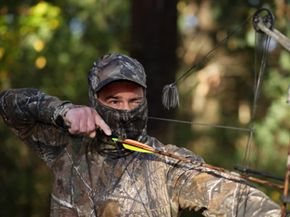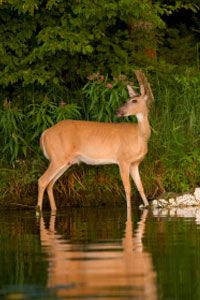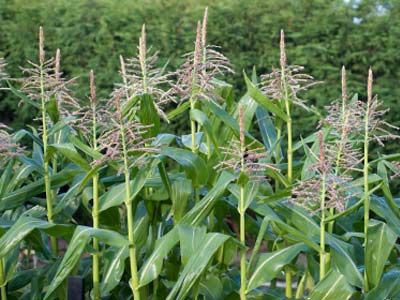Modern hunters have an arsenal of weapons to hunt their prey, and perhaps the most interesting and challenging is the bow. Thousands of years of history have just gone into bow hunting. And even though the tools we use today are far different from the tools used in the Stone Age, the skills needed to be successful at bow hunting are essentially the same.
Today arrows fly further and penetrate deeper. Bows are stronger and lighter -- and compound bows are more complex. Blinds and stands give us an advantage over our predecessors, but skill, intimate knowledge of the game and the ability to move quickly and quietly across the terrain is a skill that can take years to develop. Bow hunters must be able to get close to their prey for a quick, clean kill. They must foil the animal's sense of smell, sight and hearing. Then, of course, there are the laws and regulations that govern modern bow hunting, so the sport takes a little more planning than just a trip to the woods with camouflage gear and a quiver full of arrows.
Advertisement
We have come a long way from the simple wooden bows and arrows of our ancestors, though some of their achievements are still awe-inspiring. In this article, we'll cover the rich and long history of bow hunting, as well as modern bow hunting and how the sport has evolved. Then we'll take a look at bow hunting strategies to help you participate.
Let's get started by reviewing the history of the bow and how it was used.
Advertisement



